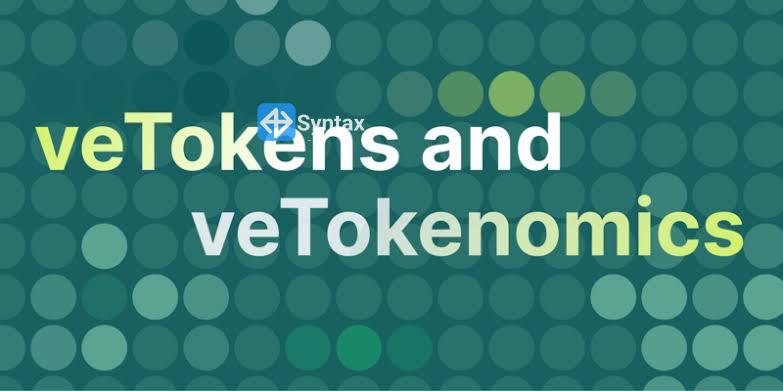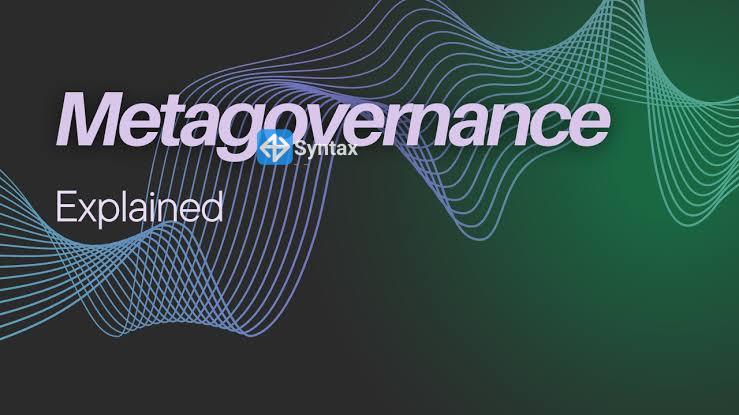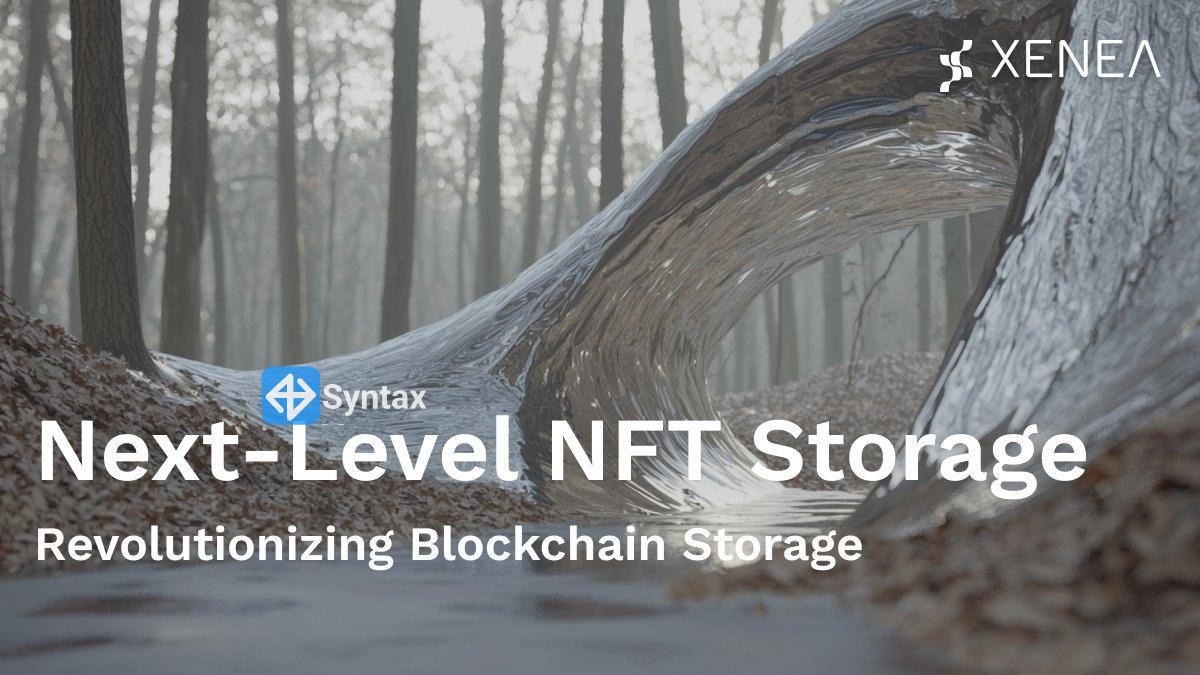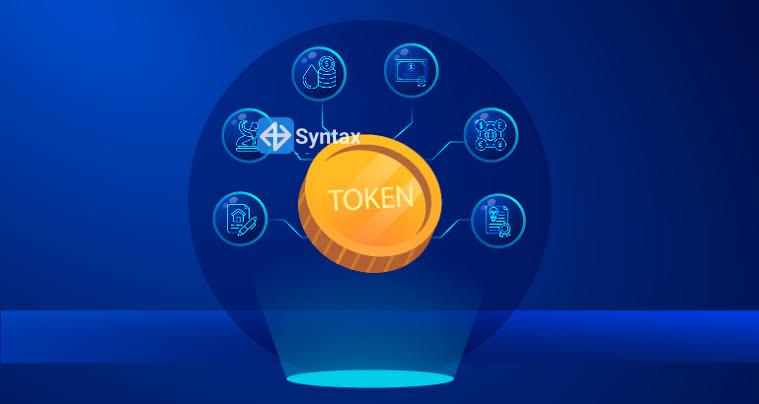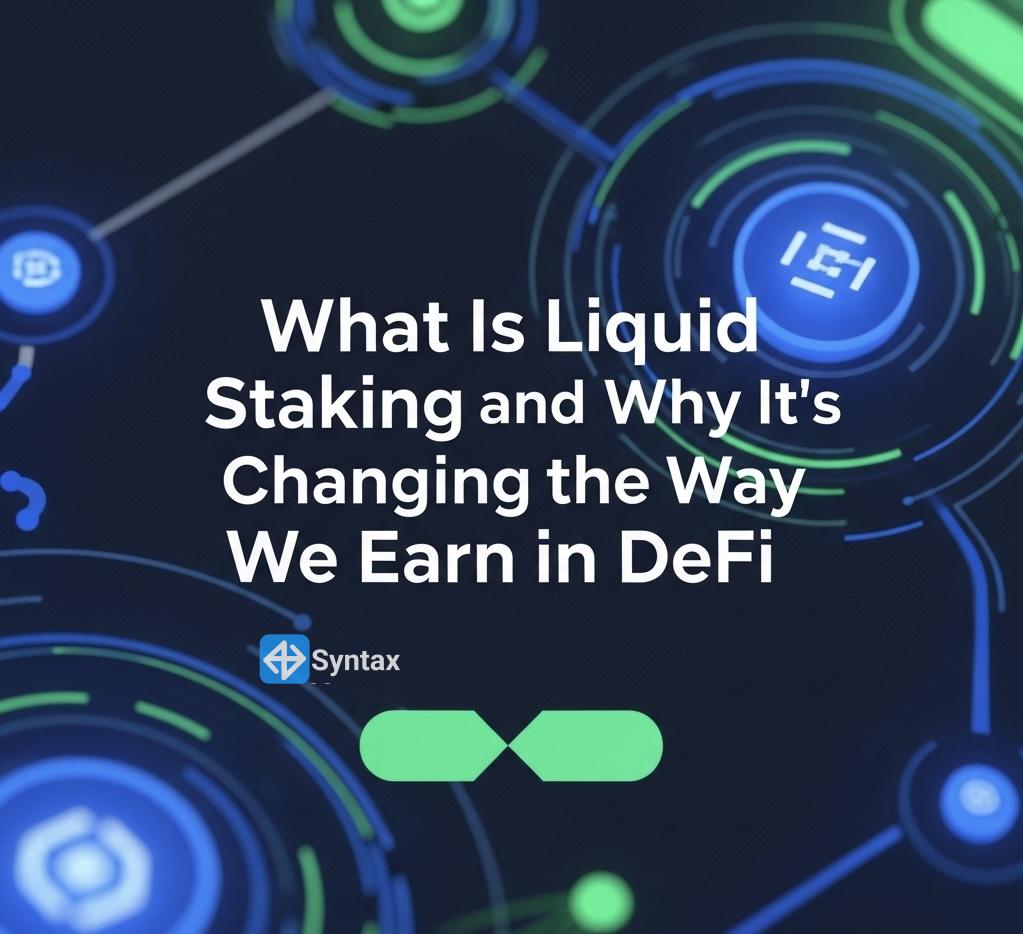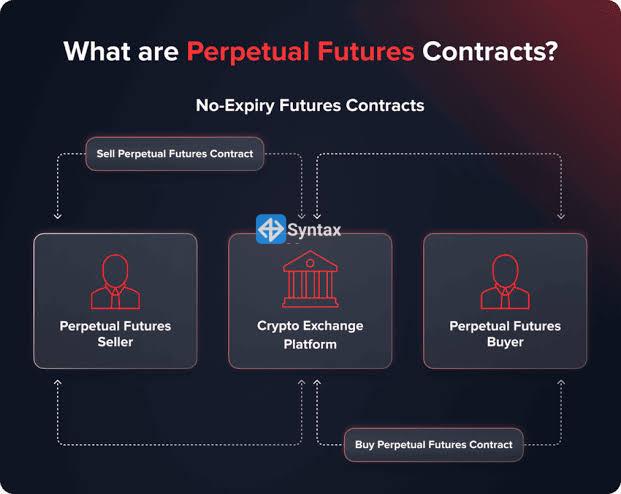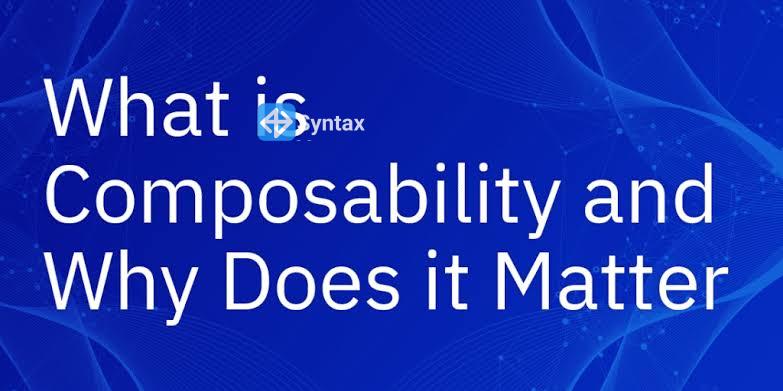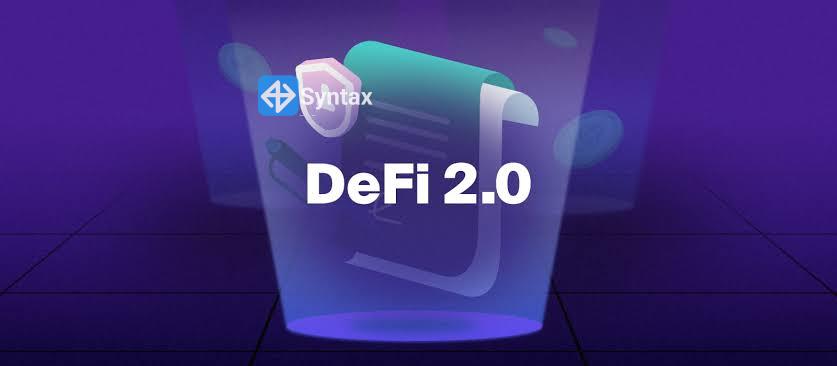NFT lending is basically the practical process behind NFT collateralization — it’s how the loan is actually set up, valued, and managed until repayment
How NFT Lending Works – Step-by-Step
1. Choose a Lending Platform
- Platforms like NFTfi, Arcade, BendDAO, X2Y2, JPEG’d let NFT holders borrow crypto using their NFTs as collateral.
- Each platform uses a slightly different lending model.
2. Valuation of the NFT
- Peer-to-peer: Value is negotiated between borrower and lender.
- Peer-to-pool: Protocol uses floor price (cheapest NFT in the collection) from marketplaces like OpenSea or Blur.
- Oracle-based: DeFi-style price feeds assess real-time value.
3. Lock the NFT in a Smart Contract
- The borrower transfers the NFT into a secure smart contract.
- This contract acts as escrow — the NFT can’t be accessed until the loan is repaid or defaulted.
4. Receive Loan Funds
- Borrower gets crypto (ETH, USDC, DAI, etc.) instantly or once a lender accepts the terms.
- Loan amount is usually a % of the NFT’s value (Loan-to-Value ratio, e.g., 30–60%).
5. Repayment Period
- You pay back the principal + interest before the due date.
- Some platforms allow partial repayments; others don’t.
6. Loan Settlement
- If repaid → NFT is released back to borrower.
- If defaulted → NFT is transferred to lender (foreclosure).
Main NFT Lending Models
1. Peer-to-Peer (P2P) – e.g., NFTfi, Arcade
- Direct negotiation between lender and borrower.
- Flexible rates, but slower to find a match.
2. Peer-to-Pool (P2Pool) – e.g., BendDAO, Pine
- Borrowers deposit NFTs into a liquidity pool and instantly borrow against floor price.
- Fast but riskier for volatile NFTs.
3. NFT-Backed Stablecoin Minting – e.g., JPEG’d, Astaria
- Similar to MakerDAO for ETH, but you mint stablecoins against NFTs.
- No traditional lender — you borrow from the protocol itself.
💡 In short:
- NFT lending = mechanism
- Collateralization = reason/concept
- Smart contracts ensure trustless transactions, but market volatility can make them high risk.



